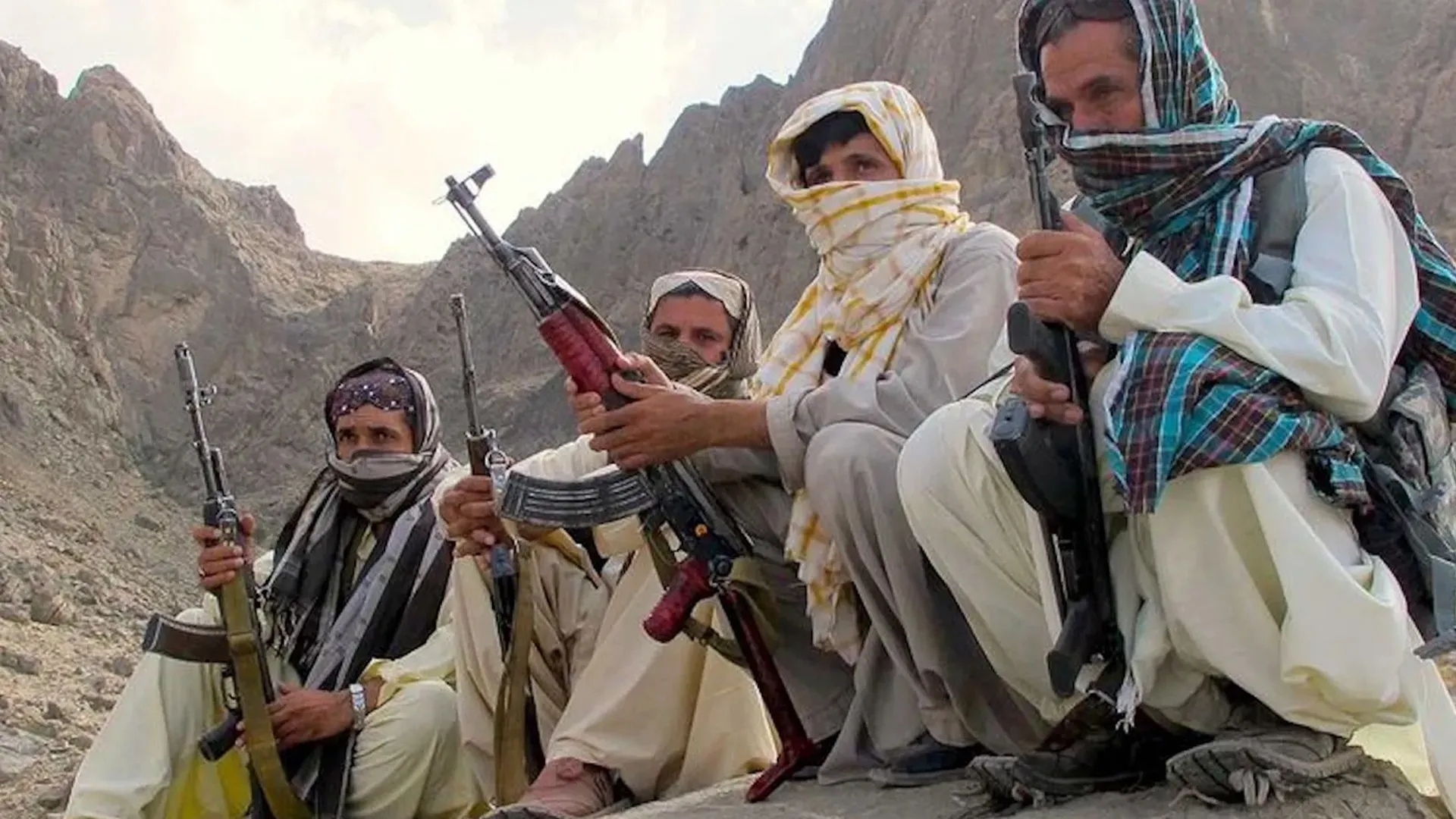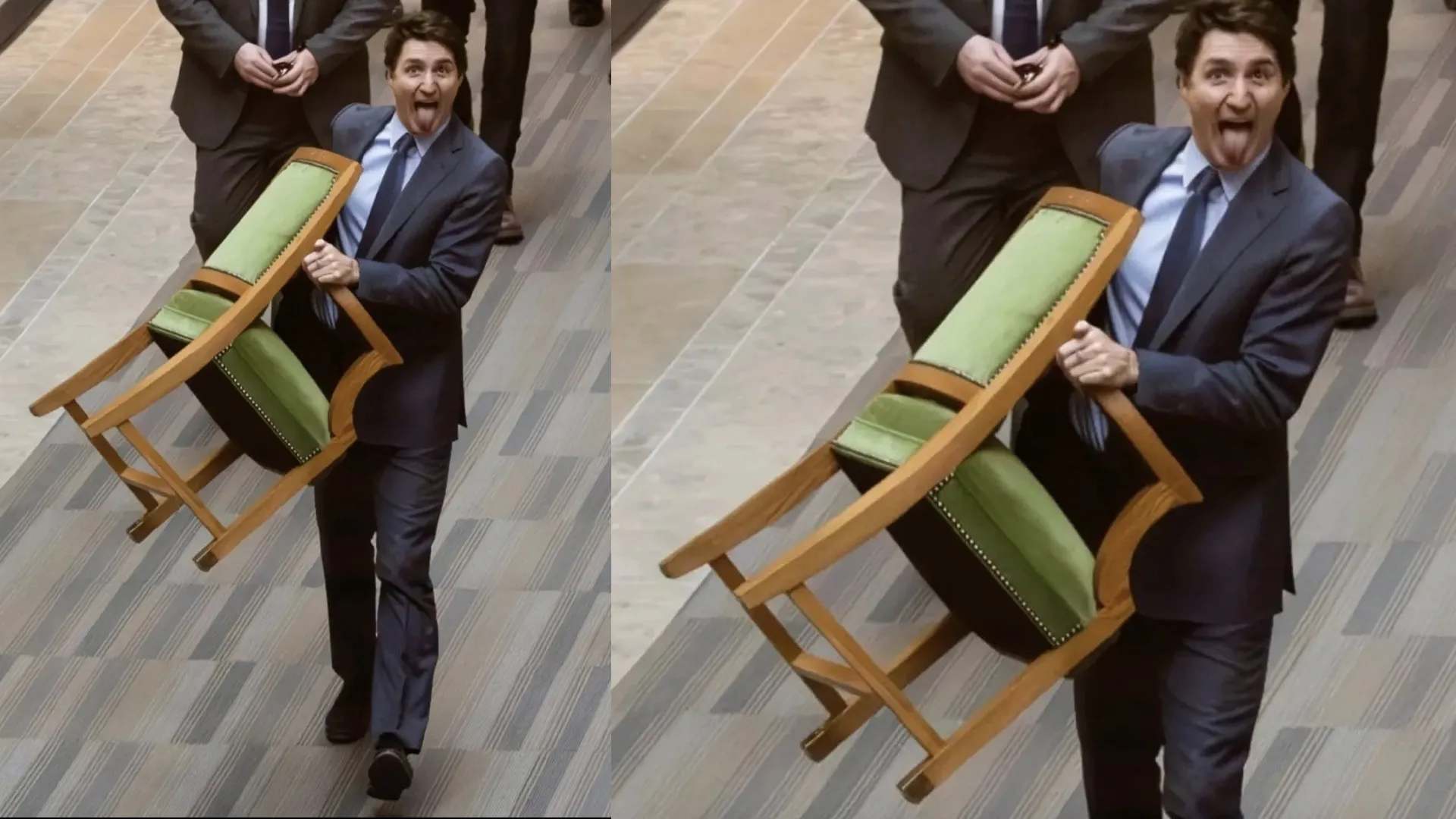An important decision was taken by the Cabinet on Wednesday as it approved the new National Education Policy (NEP) 2020. HRD Minister Ramesh Pokhriyal ‘Nishank’ said that the Cabinet has decided to change the name of the Ministry of Human Resource Development to the Ministry of Education. This new change in the course of the policy has taken place after 34 years.
The new Education Policy, which was formulated since 1986, has been prepared by reviewing and recommending the Subramanian Committee and Kasturirangan Committee. This policy was formulated by running the world’s largest consultation campaign and a quarter of a million suggestions were received for the same.
The path of radical change in education will be clear with this new policy. The level of education will be the same in all kinds of universities and 6% of the GDP will be spent on education. A National Research Foundation will be established to foster research culture and a National Educational Technology Forum (NETF) will also be established. Exchange of education at the international level will be implemented. Expansion of higher education for 50% of high school students by 2035 is sought under the new policy and as many as 3.5 crore new seats will be added to higher education institutions.
Use of technology in all aspects of education, including education planning, teaching learning, administration management and regulation, and enhancement of the Indian knowledge system by paying attention to all languages will be the main focus. E-courses will also be made available in regional languages along with virtual lab set ups. Technology and online education are also to be implemented in schools.
In the school curriculum, the new policy emphasises early childhood care and education and the 10+2 structure of school curricula is to be replaced by a 5+3+3+4 curricular structure corresponding to ages 3-8, 8-11, 11-14, and 14-18 years respectively.
This will bring the hither to uncovered age group of 3-6 years under school curriculum, which has been recognised globally as the crucial stage for the development of mental faculties of a child.
The new system will have 12 years of schooling with three years of Anganwadi/ pre-schooling.
Playway schools for children from 3 to 6 years and a separate curriculum for children from 6 to 9 years are to be set up. Mathematical thinking has to be developed in children and courses like fashion designing, arts and craft will also be made available. Vocational training will now start from class 6 and children will also be given internships. Education of teachers will also be changed completely and higher education curriculum will have flexibility of subjects. A Gender-Inclusion Fund will be provided for promoting equitable and inclusive education for all. This fund will be available to all states to scale effective communitybased interventions that address barriers to female & transgender children’s access to education.
Boards will reduce the importance of examinations and the pattern will be divided into two parts—objective and descriptive. Mother tongue will be compulsory till class 5 as a medium of education and there will be 3 types of report cards: the first will be the student himself, the second will be the student›s partner and the third will be the student›s teacher. Tests will be taken to assess the performance and the National Test Agency (NTA) will conduct a common entrance test for admission to universities and higher education. Books promotion and a digital library will also be worked upon.
The greatest emphasis will be laid on basic education and teachers will have to obtain training for the new education curriculum by 2023. It is mandatory for every child to have a skill when he passes school. Multiple entry and exit options in undergraduate education have also been made and like the credit scores of banks and customers, students will also have academic credit scores. MPhil courses are to be discontinued under this new policy. Except legal and medical colleges, all higher education institutions will be governed by a single regulator and common regulations will be implemented in both public and private sectors.























